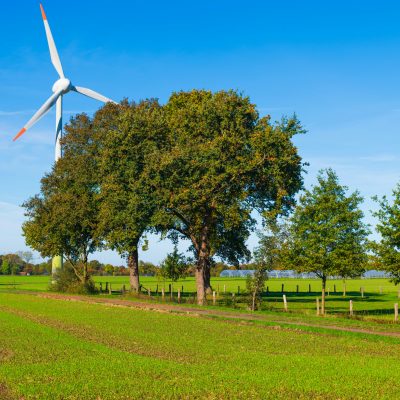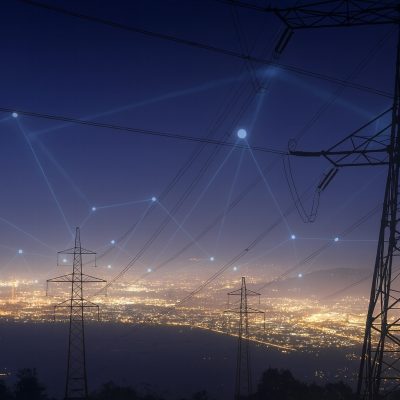Greener after

While assessing the full impact of the COVID-19 pandemic would be premature, it is already clear that this is the worst economic shock European economies have faced since World War II. The road to recovery will likely be long and bumpy. The European Commission’s Spring 2020 Economic Forecast projects the EU economy to contract by 7.4% in 2020, while the EU-wide unemployment rate is expected to increase from 6.7% in 2019 to 9% in 2020, particularly affecting southern EU Member States.
The roadmap to recovery adopted by the European Council on 21 April calls for an “unprecedented investment effort” for a “more resilient, sustainable and fair Europe”. In order to deliver on this mandate, the EU’s Recovery Fund, which the European Commission is about to unveil, should thus be both massive in size and scope as well as boldly transformative in its content. This is also in line with the resolution adopted by the European Parliament on 17 April.
Before the crisis, and following the European Parliament elections last year, the European Union embarked on a new five-year strategic roadmap in which the decarbonisation and digitalisation of our economies have been prioritised. Pre-crisis tense debates about the economic and social costs of ecological benefits will no doubt be re-ignited as the recovery package will be debated among European institutions and the public at large.
After the adoption of adequate, immediate rescue measures, we now turn to the recovery phase. Echoing calls for a green recovery, this paper argues that a very large green investment plan delivers the necessary economic stimulus and builds resilience to future shocks.
Delivering on such an ambitious and transformative mandate can only happen under some specific conditions which need to be explicitly acknowledged.
We argue and exemplify that:
- the economic and environmental ambitions of the EU’s COVID-19 recovery plan should go hand in hand, resulting in a double win;
- delivering on both sides requires a rigorous selection of investment programmes, targeting sectors with high potential for economic stimulation, job creation and ecological transformation.
The first part of this paper presents the criteria policy-makers can use to assess which investments can be part of a green economic stimulus programme. First, green recovery investments consist of timely, temporary and targeted measures able to stimulate the economy quickly and until it recovers -for instance, over the next five years. Second, green recovery investments do accelerate the structural transformation of the economy towards a more healthy and resilient future, characterised by zero pollution, biodiversity restoration and climate neutrality by 2050.
The second part of the paper uses those criteria to provide concrete investment recommendations in five sectors – buildings, road mobility, clean innovation, circular economy and coastal tourism -that are essential to a genuine green recovery. In those five sectors alone, the EU and its Member States could safely invest at least €800 billion in the next five years, as part of green recovery plans.
This paper further recommends that the European Commission and national governments should assess the contribution of other key sectors that are beyond the scope of this paper but that are nonetheless key for a genuine recovery, such as renewable energy, electricity interconnections, smart grids, public transport, railways, shipping, agriculture, forestry and the decarbonisation of EU industries and aviation.







